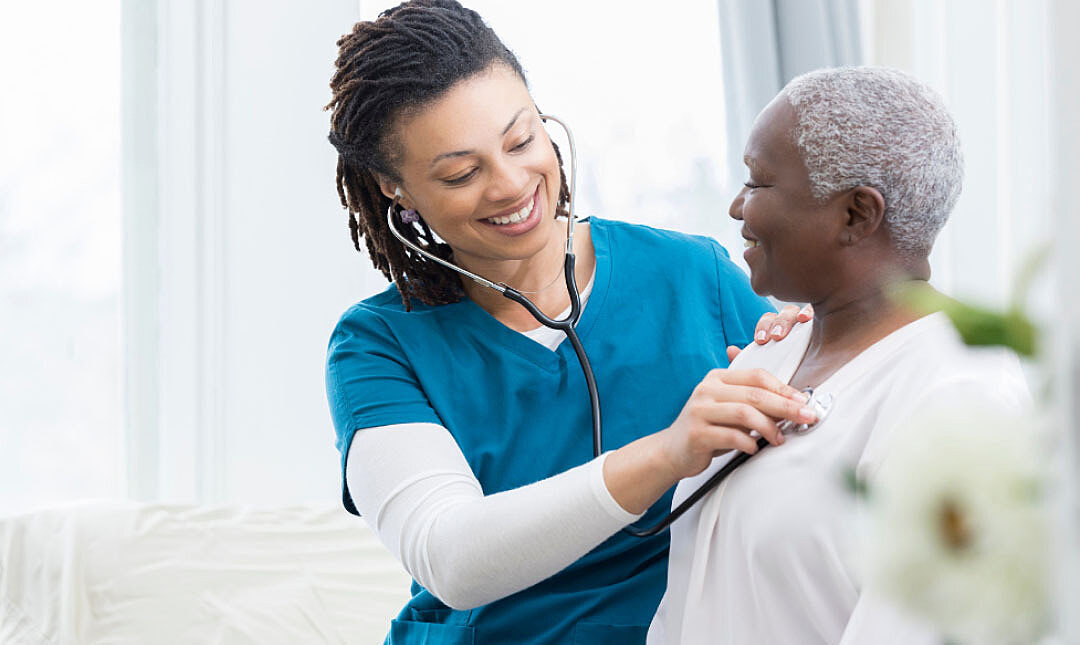Assisted Living Wandering Residents – Reasons & Management

Josette Weinstein, Marketing Coordinator
A few years ago, an elderly woman died after wandering from a Minnesota assisted living facility barefoot in the middle of the night. When a facility caretaker noticed the woman was missing from her apartment, she immediately began searching for the missing resident. She ultimately found her in the parking lot, but the amount of time that the woman had been out in the cold alone was unknown.
This long-term care facility prides itself on providing assisted but independent living. While they have safeguards to keep out strangers, there isn't a defense in place to ensure that residents remain safe inside as they are free to move around the facility as they please.
Unfortunately, unsupervised resident wandering is more common than we would hope, especially if they feel disoriented or lost. When it happens during winter or adverse weather conditions, the chance of an unfavorable outcome is high. Only a day after Minnesota's event, a London woman with dementia wandered from her assisted living community and died of hypothermia. Again, the amount of time this woman was exposed to the elements outside is unknown.
From exit protection, to tamper detection, our wander management system for healthcare maintains simplicity across the entire healthcare enterprise.
Why Residents Wander
Wandering is highly prevalent in residents suffering from some degree of cognitive impairment, such as dementia or Alzheimer's. It's estimated that 60% of people with dementia will wander. Patients can wander for various reasons, from agitation to feeling the need to go home.

Different Types of Wandering
Residents may present different types of wandering depending on their motivations:
- Aimless wandering: This type of wandering occurs when a resident feels bored, uncomfortable, stressed or confused. They will wander without any purpose or destination in mind.
- Purposeful wandering: When a resident's wandering is motivated by an intent or an action they want to accomplish, it is called purposeful wandering. The resident might be looking for a person or an object. They could also be attempting to go home or to work.
- Environmentally cued wandering: Wandering can occur when a resident responds to environmental stimuli, such as seeing a door or a coat.
- Reminiscent wandering: This type of wandering can happen when a resident is unaware of their surroundings and responds to an imagined, often past, environment.
Why Is Wandering a Problem in an Aged Care Facility?
Residents eloping from a care facility poses a serious concern for their safety. Wandering has resulted in residents sustaining severe injuries or suffering malnutrition, dehydration and death. The risks are increased when the resident is not found within 24 hours, with about half of the elopements leading to injury and death due to an accident, crime or natural causes.
A wandering patient can also be a danger to staff and visitors. Additionally, the incident may disrupt facility operations and interrupt patient independence and privacy. The significant risks and frequency of elopement facilitate the need for practical solutions to address the issue.
To help prevent patient wandering, facilities can deploy wander management systems such as a real-time location system, alarm systems, staff strategies and more.
What Can Help Prevent Resident Wandering
The easiest way to help empower residents with a feeling of control and freedom while still ensuring their safety and security throughout the assisted living facility is with an automated wander management system. This solution is programmable and allows certain residents to pass through designated common areas, such as recreation rooms, while others remain secured and protected within different areas via automated locking of doors and disabling of elevators.
Residents can enjoy the ability to use the facility's amenities and resources without having a sense of being on “lockdown.” It also offers the security of not allowing residents to wander into dangerous areas.
If a resident begins to wander out of bounds, staff members are immediately notified and can respectfully redirect them before they travel too far. This avoids awkward encounters and dangerous situations and significantly reduces the time caregivers spend searching for missing residents.
How Does the Patient Wandering System Work?
Wander management systems provide real-time locating capabilities of all residents from a single RTLS infrastructure. When a resident attempts to leave the facility, enter an unauthorized area or tamper with the band, a wander alert system will sound and notify the staff through the RTLS software. With real-time location updates, instant notifications and automated lockdown procedures, you can provide ultimate security and safety to residents in your facility.
Learn More
To learn more about automated resident wandering solutions and how they can become an assisted living community's first line of defense against wandering, download CenTrak's Long-Term Care Resident Security Overview and Request A Demo today.






